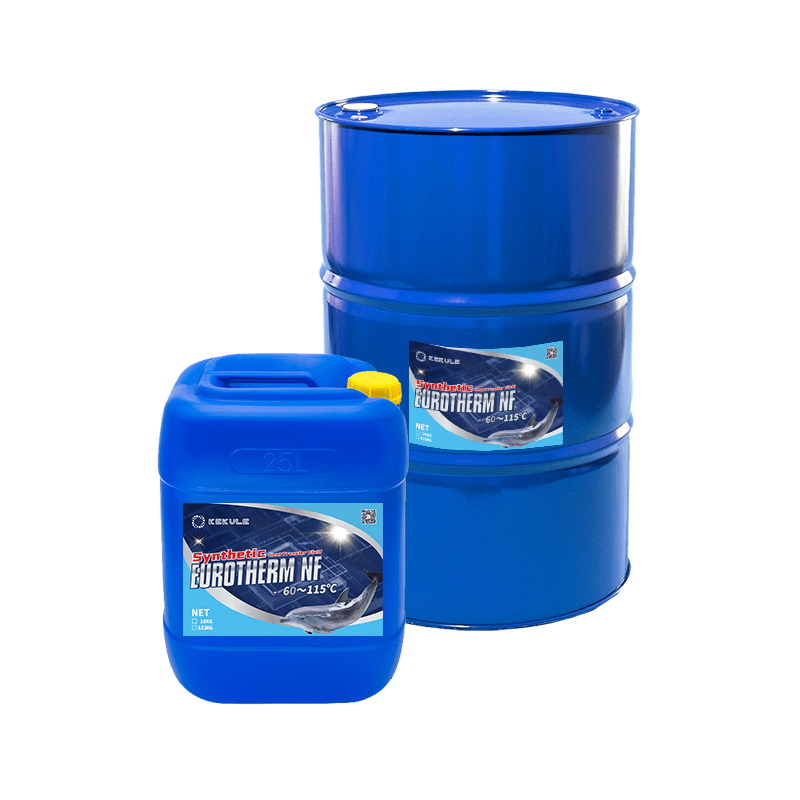Our Chemie Diaries
Little Known Facts About Chemie.
Table of ContentsSome Known Facts About Chemie.The Single Strategy To Use For ChemieSome Of ChemieSome Known Questions About Chemie.The Best Guide To ChemieIndicators on Chemie You Should Know
By Bojanna Shantheyanda, Sreya Dutta, Kevin Coscia and David SchiemerDynalene, Inc. Liquid cooling, which can be accomplished utilizing indirect or straight ways, is utilized in electronic devices applications having thermal power thickness that might exceed risk-free dissipation via air cooling. Indirect liquid air conditioning is where warmth dissipating digital parts are literally divided from the fluid coolant, whereas in instance of straight cooling, the components remain in direct contact with the coolant.In indirect air conditioning applications the electric conductivity can be essential if there are leakages and/or spillage of the liquids onto the electronics. In the indirect cooling applications where water based fluids with deterioration inhibitors are typically made use of, the electrical conductivity of the liquid coolant mostly depends on the ion focus in the fluid stream.
The boost in the ion concentration in a shut loophole fluid stream may take place because of ion seeping from steels and nonmetal parts that the coolant liquid touches with. During procedure, the electric conductivity of the fluid may enhance to a degree which might be unsafe for the air conditioning system.
10 Simple Techniques For Chemie
(https://chemie.godaddysites.com/f/revolutionizing-cooling-and-heating-solutions-with-chemie)They are grain like polymers that are qualified of exchanging ions with ions in an option that it is in contact with. In the here and now job, ion leaching tests were executed with different metals and polymers in both ultrapure deionized (DI) water, i.e. water which is dealt with to the highest possible levels of pureness, and low electric conductive ethylene glycol/water mix, with the measured adjustment in conductivity reported with time.
The examples were allowed to equilibrate at area temperature for two days before recording the first electric conductivity. In all examinations reported in this research liquid electric conductivity was determined to an accuracy of 1% making use of an Oakton CON 510/CON 6 series meter which was adjusted before each measurement.
Chemie - Truths
from the wall heating coils to the center of the heater. The PTFE sample containers were positioned in the heating system when steady state temperature levels were reached. The examination arrangement was gotten rid of from the heating system every 168 hours (seven days), cooled down to room temperature with the electrical conductivity of the liquid gauged.
The electrical conductivity of the fluid example was kept track of for a total amount of 5000 hours (208 days). Schematic of the indirect closed loop cooling down experiment set up. Components utilized in the indirect closed loop cooling experiment that are in call with the fluid coolant.

An Unbiased View of Chemie
The modification in fluid electric conductivity was kept an eye on for 136 hours. The fluid from the system was accumulated and stored.

0.1 g of Dowex material was included in 100g of liquid examples that was absorbed a separate container. The combination was stirred and alter in the electric conductivity at area temperature level was determined every hour. The determined adjustment in the electrical conductivity of the UP-H2O and EG-LC test fluids including polymer or steel when engaged for 5,000 hours at 80C is shown Figure 3.
Indicators on Chemie You Should Know
Ion leaching experiment: Measured modification in electric conductivity of water and EG-LC coolants having either polymer or metal samples when immersed for 5,000 hours at 80C. The results suggest that metals contributed fewer ions right into the liquids than plastics in both UP-H2O and EG-LC based coolants.
Fluids having polypropylene and HDPE showed the lowest electric conductivity adjustments. This could be due to the brief, inflexible, linear chains which are much less likely to add ions than longer branched chains with weak intermolecular pressures. Silicone also performed well in both examination fluids, as polysiloxanes are usually chemically inert because of the high bond power of the silicon-oxygen bond which would certainly avoid destruction of the product right into the liquid.
Rumored Buzz on Chemie
It would be expected that PVC would produce similar results to those of PTFE and HDPE based on the similar chemical frameworks of the products, nevertheless there might be various other impurities present in the PVC, such as plasticizers, that may impact the electric conductivity of the liquid - therminol & dowtherm alternative. Additionally, chloride groups in PVC can likewise seep right into the examination liquid and can cause an increase in electrical conductivity
Buna-N rubber and polyurethane revealed indicators of deterioration and thermal decomposition which suggests that their possible utility as a gasket or adhesive material at higher temperatures might cause application concerns. Polyurethane entirely disintegrated into the examination fluid by the end of 5000 check that hour test. Number 4. Prior to and after photos of steel and polymer samples immersed for 5,000 hours at 80C in the ion seeping experiment.
Calculated adjustment in the electric conductivity of UP-H2O coolant as a feature of time with and without resin cartridge in the shut indirect cooling loophole experiment. The gauged adjustment in electrical conductivity of the UP-H2O for 136 hours with and without ion exchange resin in the loop is received Number 5.